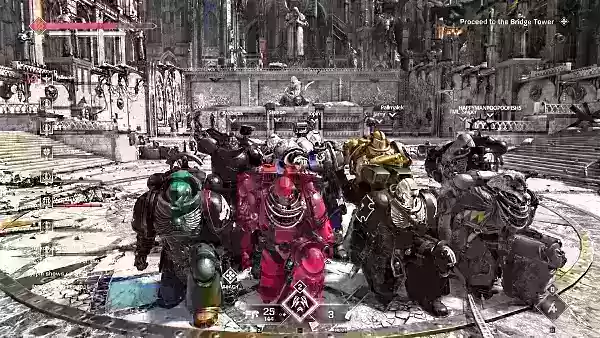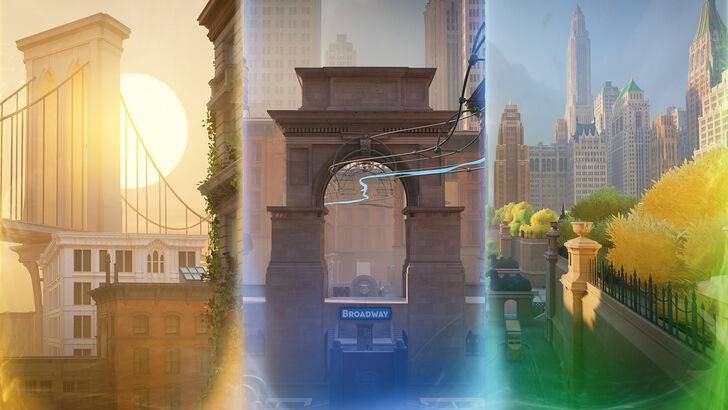Nvidia RTX 5090 Founders Edition: In-Depth Review
Every couple of years, Nvidia releases a groundbreaking graphics card that pushes the boundaries of PC gaming into a new era. The Nvidia GeForce RTX 5090 is such a card, but its path to next-generation performance is unconventional. While the performance increase over the RTX 4090 may not be as dramatic as expected in many games without considering DLSS Frame Generation, the leap in image quality and performance with the latest iteration of Nvidia's DLSS technology is truly transformative.
The extent to which the RTX 5090 will enhance your gaming experience depends on the games you play, the resolution at which you play them, and your comfort level with AI-generated frames. For those not using a 4K monitor with a 240Hz refresh rate, the upgrade might not seem worthwhile. However, for gamers with high-end displays, the AI-generated frames offer a glimpse into the future of gaming.
Nvidia GeForce RTX 5090 – Photos
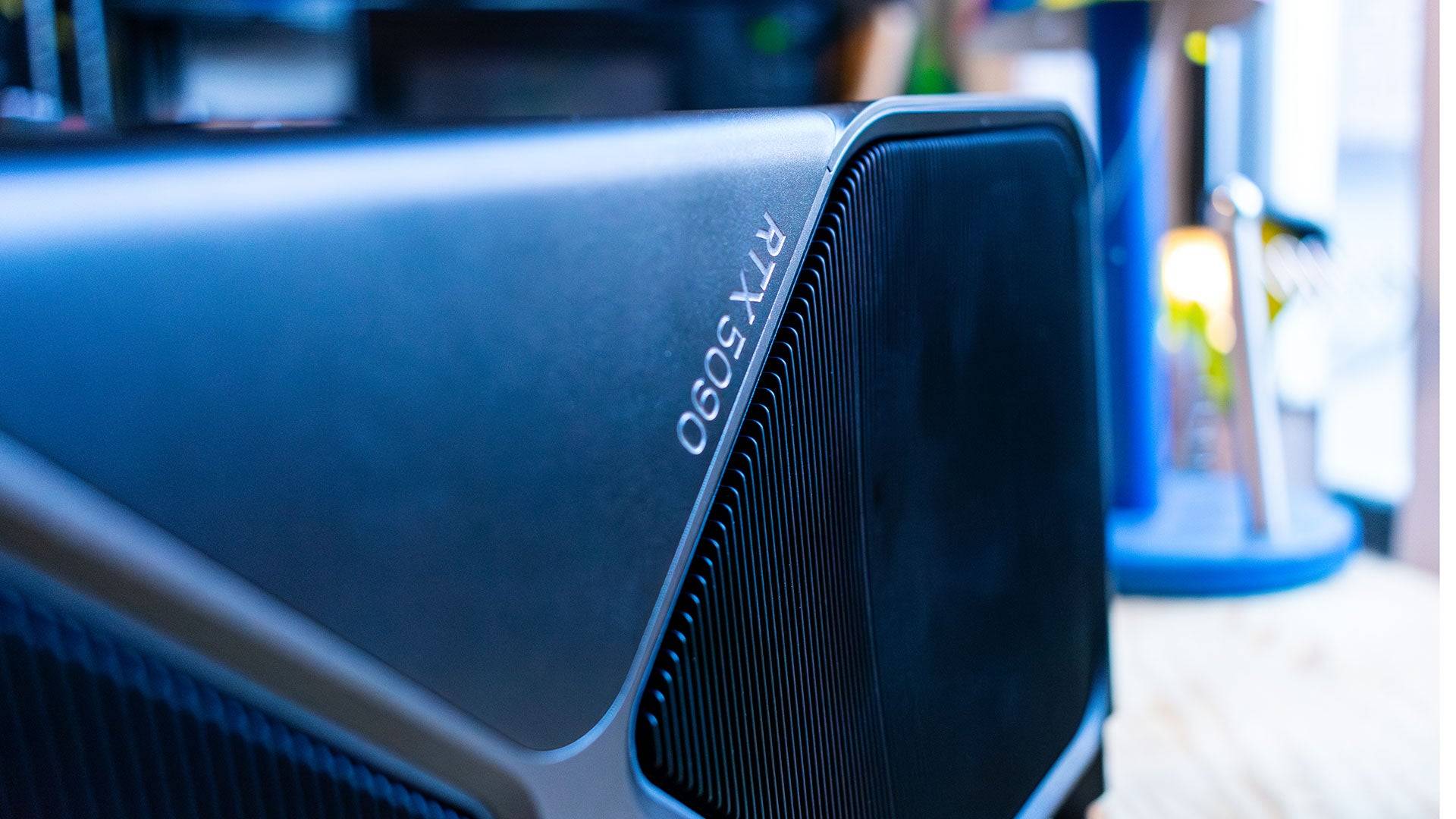
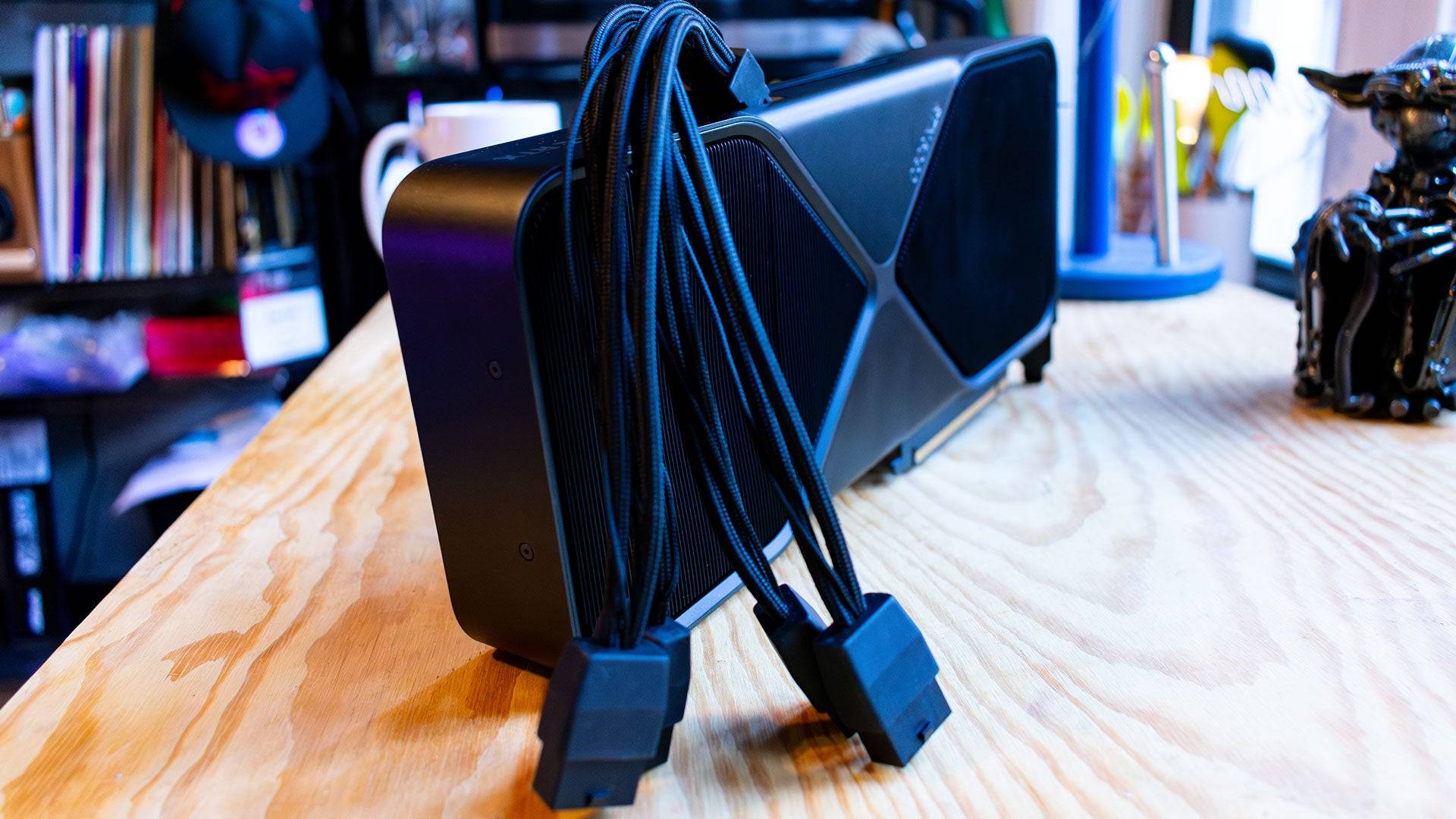 5 Images
5 Images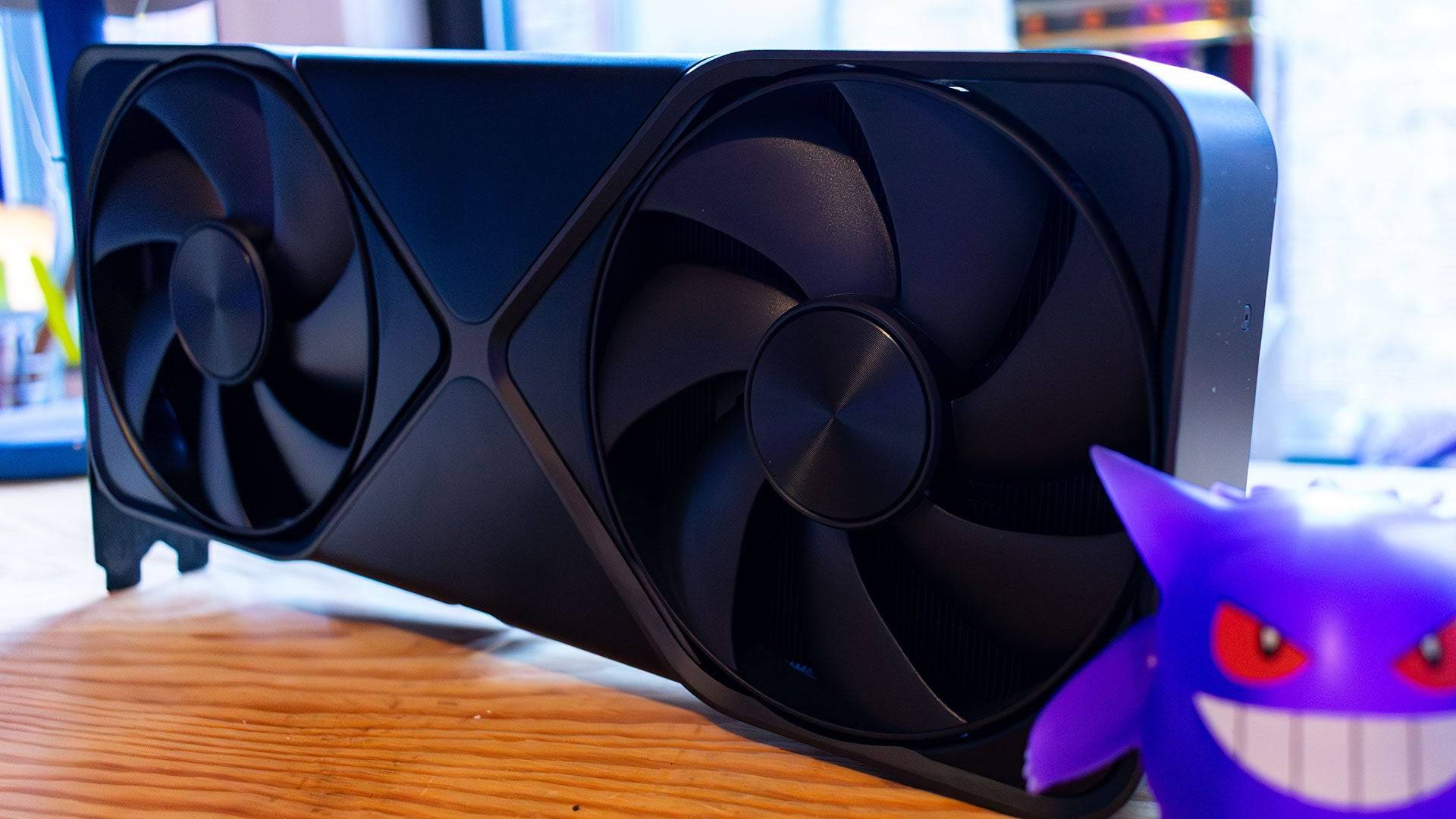

 RTX 5090 – Specs and Features
RTX 5090 – Specs and Features
The Nvidia GeForce RTX 5090 leverages the Blackwell architecture, which is already driving advanced AI models in data centers and supercomputers. This architecture highlights the RTX 5090's prowess in AI, yet Nvidia has also enhanced the traditional graphics capabilities.
The RTX 5090 packs more Streaming Multiprocessors (SMs) into the same Graphics Processing Clusters (GPCs), resulting in a significant increase to 21,760 CUDA cores from the RTX 4090's 16,384. This 32% increase in shader cores is a major contributor to its raw gaming performance.
Each SM is equipped with four Tensor Cores and one RT Core, matching its predecessor but increasing to 680 Tensor Cores and 170 RT Cores from 512 and 128, respectively. The 5th-generation Tensor Cores enhance AI performance, introducing support for FP4 operations, which reduces VRAM dependency.
 Accompanying this powerful silicon is 32GB of GDDR7 VRAM, a step up from the RTX 4090's GDDR6X, promising faster and more power-efficient memory. Despite requiring 575W of power—a significant jump from the RTX 4090's consumption—efficiency wasn't the primary focus for this card.
Accompanying this powerful silicon is 32GB of GDDR7 VRAM, a step up from the RTX 4090's GDDR6X, promising faster and more power-efficient memory. Despite requiring 575W of power—a significant jump from the RTX 4090's consumption—efficiency wasn't the primary focus for this card.
The shift to a Transformer Neural Network (TNN) for the DLSS algorithm, from a Convolutional Neural Network (CNN), aims to improve image quality and reduce issues like ghosting. Nvidia's Multi-Frame Generation further refines the Frame Gen technology, allowing for the creation of multiple frames from each rendered image, boosting frame rates significantly for users with high baseline performance.
Purchasing Guide
The Nvidia GeForce RTX 5090 will be available starting January 30, with the Founders Edition priced at $1,999. Be aware that third-party versions may be priced higher.
The Founders Edition
Requiring 575W of power, the RTX 5090 is more demanding than its predecessor, the RTX 4090, necessitating robust cooling solutions. Surprisingly, the RTX 5090 fits into a dual-slot chassis with a dual-fan configuration, a more compact design than expected.
 During extensive testing, the RTX 5090 maintained temperatures around 86°C, slightly higher than the RTX 4090 but still within safe operating limits. The innovative design places the PCB in the center, with fans on either side and a heatsink spanning the card's width, efficiently cooling the system.
During extensive testing, the RTX 5090 maintained temperatures around 86°C, slightly higher than the RTX 4090 but still within safe operating limits. The innovative design places the PCB in the center, with fans on either side and a heatsink spanning the card's width, efficiently cooling the system.
The RTX 5090 Founders Edition retains the aesthetic of its predecessors, featuring a silver 'X' design and a gunmetal-gray chassis with black heatsinks. It includes a 'GeForce RTX' logo illuminated by white LEDs. The power connector is a new 12V-2x6 type, and an adapter is provided to connect four 8-pin PCIe power connectors.
This compact design allows the RTX 5090 to fit into smaller PC builds, a significant advantage over the bulkier RTX 4090 and RTX 3090. However, third-party designs may be larger.
DLSS 4: Fake Frames?
Nvidia claimed an 8x performance boost with the RTX 5090, but the actual improvement is more nuanced. The RTX 5090 excels in generating extra frames, primarily through DLSS 4's Multi-Frame Generation. This feature, supported by a new AI Management Processor (AMP) core, efficiently assigns tasks to different GPU parts, enhancing frame generation.
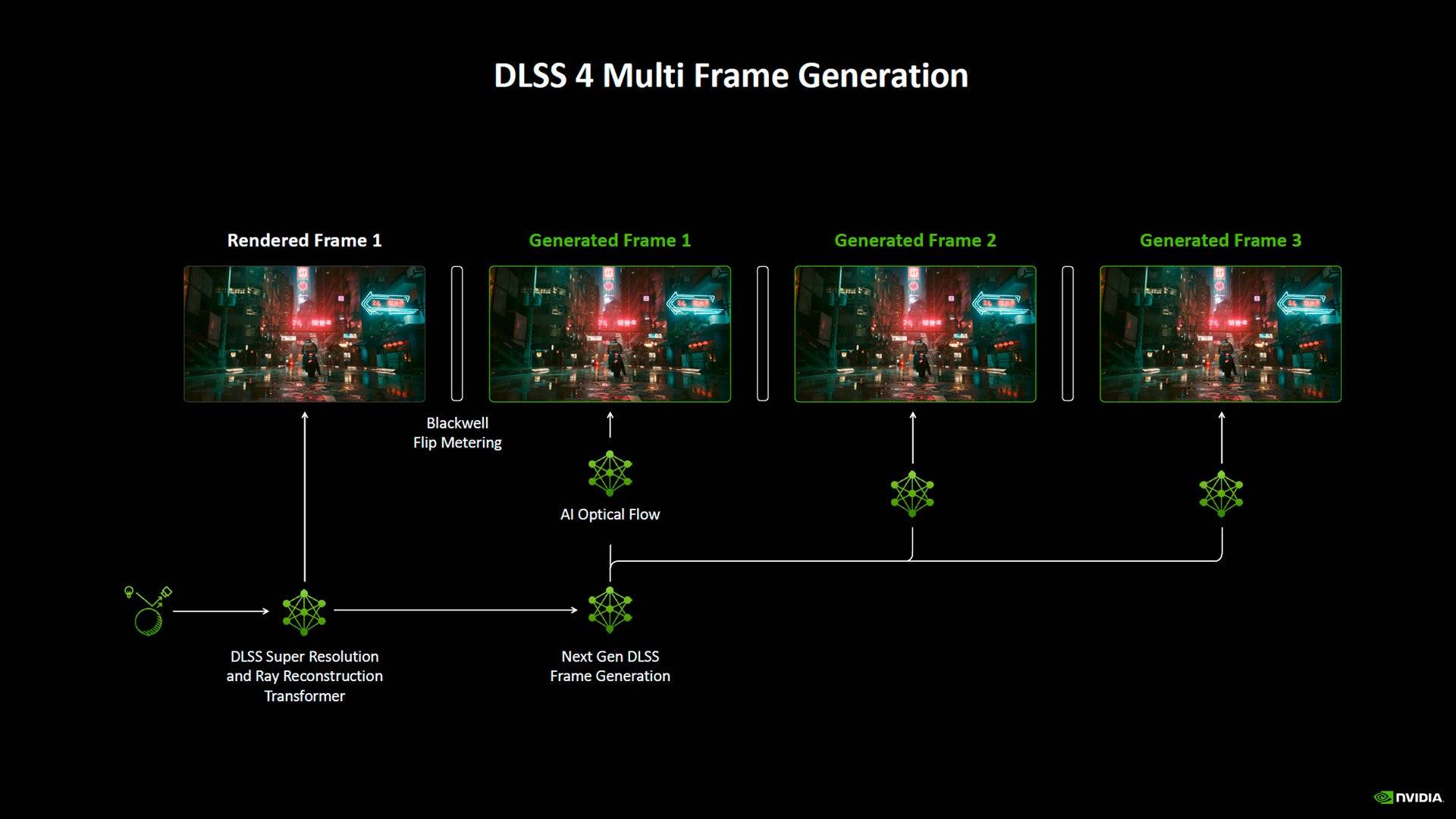
DLSS 4 is designed to work with games supporting DLSS 3 Frame Generation, and early tests in Cyberpunk 2077 and Star Wars Outlaws showed impressive results. At 4K with maximum settings, the RTX 5090 achieved frame rates significantly higher with DLSS 4 enabled, demonstrating the technology's potential.
While some might dismiss these as 'Fake Frames,' they offer a tangible benefit for gamers with high-refresh, high-resolution displays. Nvidia anticipates DLSS 4 support in 75 games upon the RTX 5090's launch, though its performance may vary.
RTX 5090 – Performance
Testing the RTX 5090 revealed a generational improvement over the RTX 4090 in synthetic benchmarks like 3DMark, but real-world gaming performance was more complex. Many games showed CPU bottlenecks, even with a high-end Ryzen 7 9800X3D processor, suggesting that the RTX 5090's full potential might not be realized in current titles.
In 3DMark, the RTX 5090 achieved up to a 42% performance increase over the RTX 4090. However, in games like Call of Duty Black Ops 6 and Cyberpunk 2077, the performance uplift was only around 10%, indicating CPU limitations.
In Metro Exodus: Enhanced Edition, the RTX 5090 showed a 25% improvement over the RTX 4090 without DLSS, and in Total War: Warhammer 3, a 35% uplift in raw rasterization performance was observed. However, games like Red Dead Redemption 2 and Forza Horizon 5 showed minimal improvements, further highlighting CPU bottlenecks.
Nvidia GeForce RTX 5090 – Benchmarks
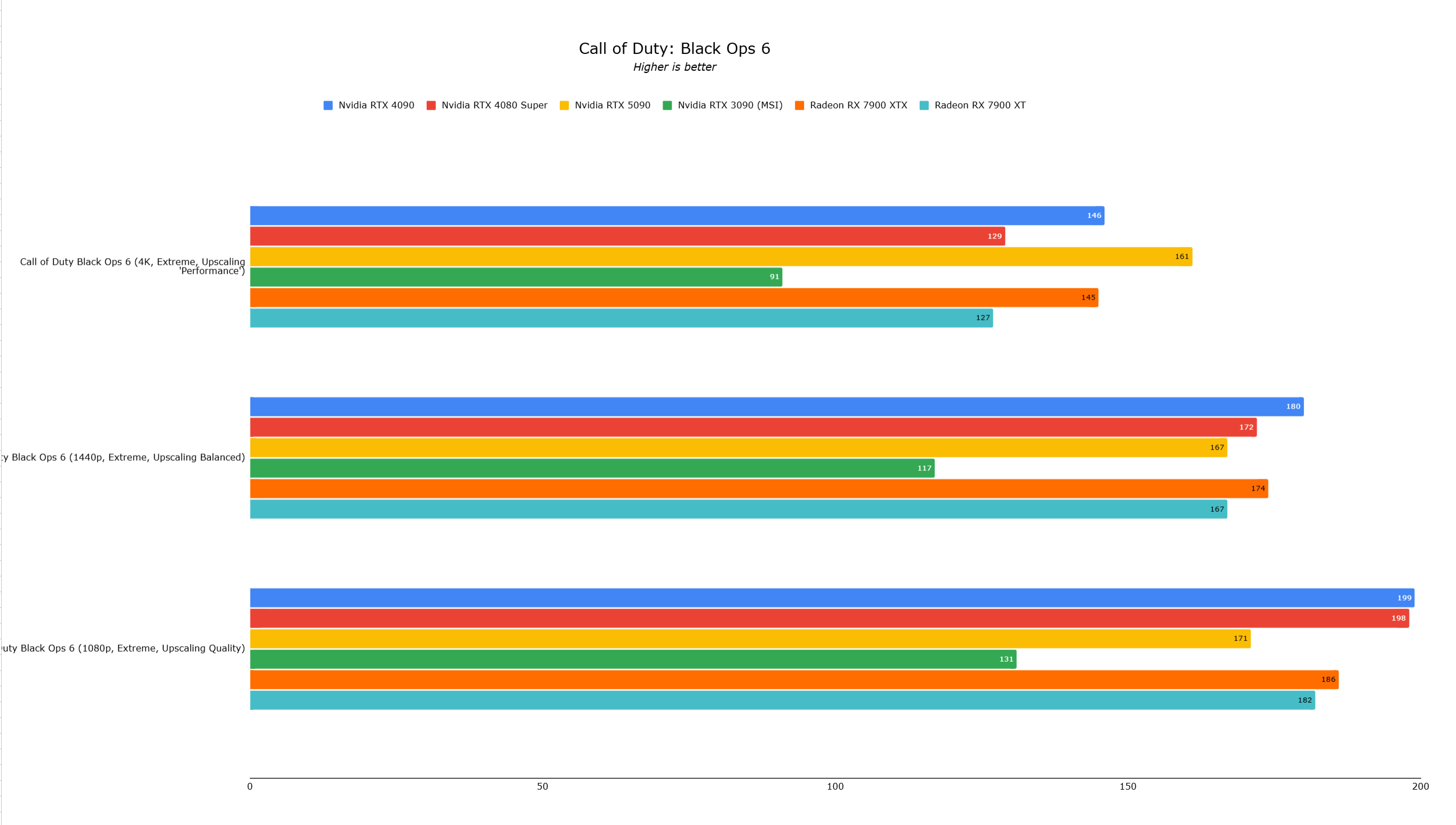
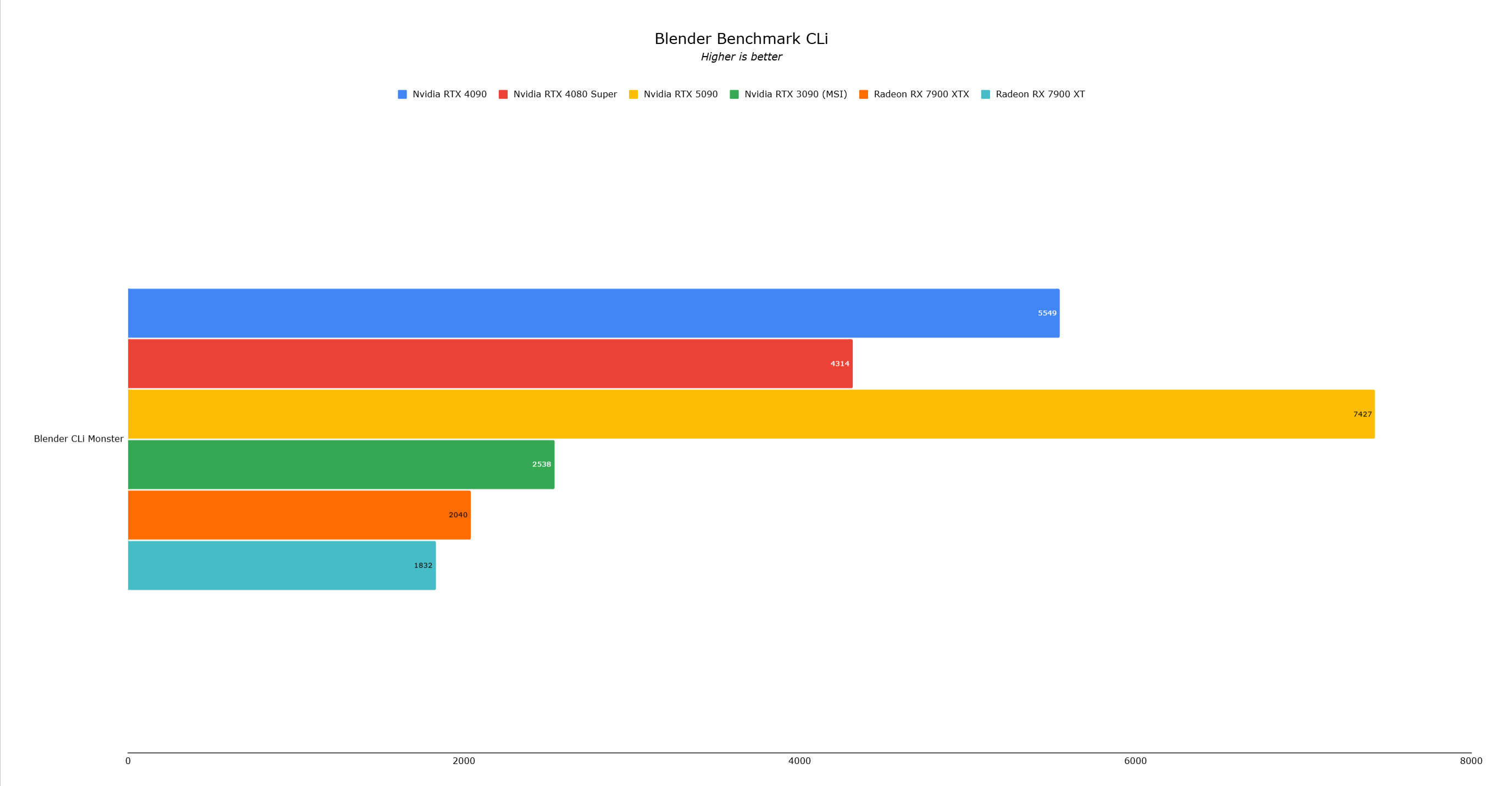 14 Images
14 Images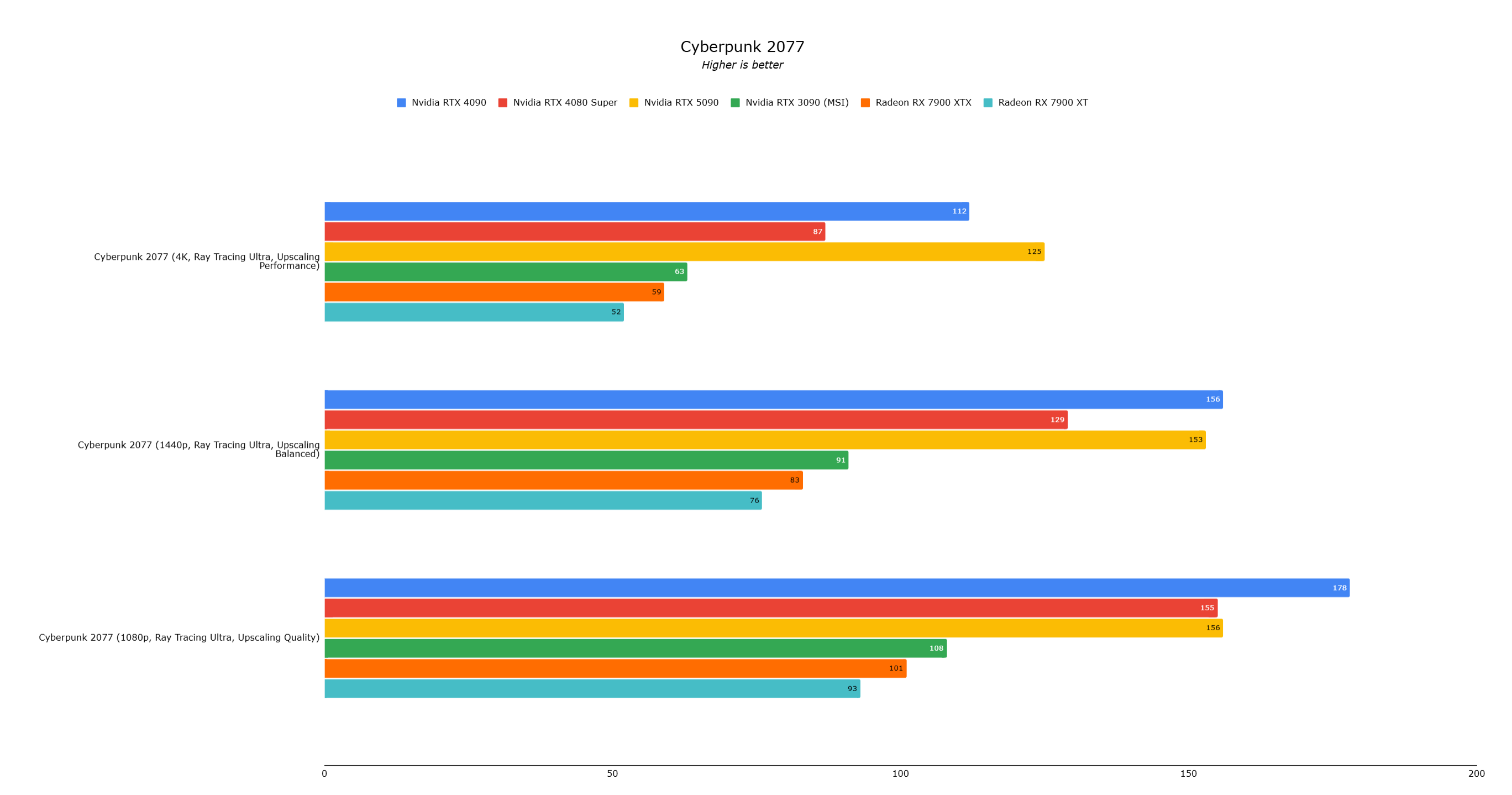


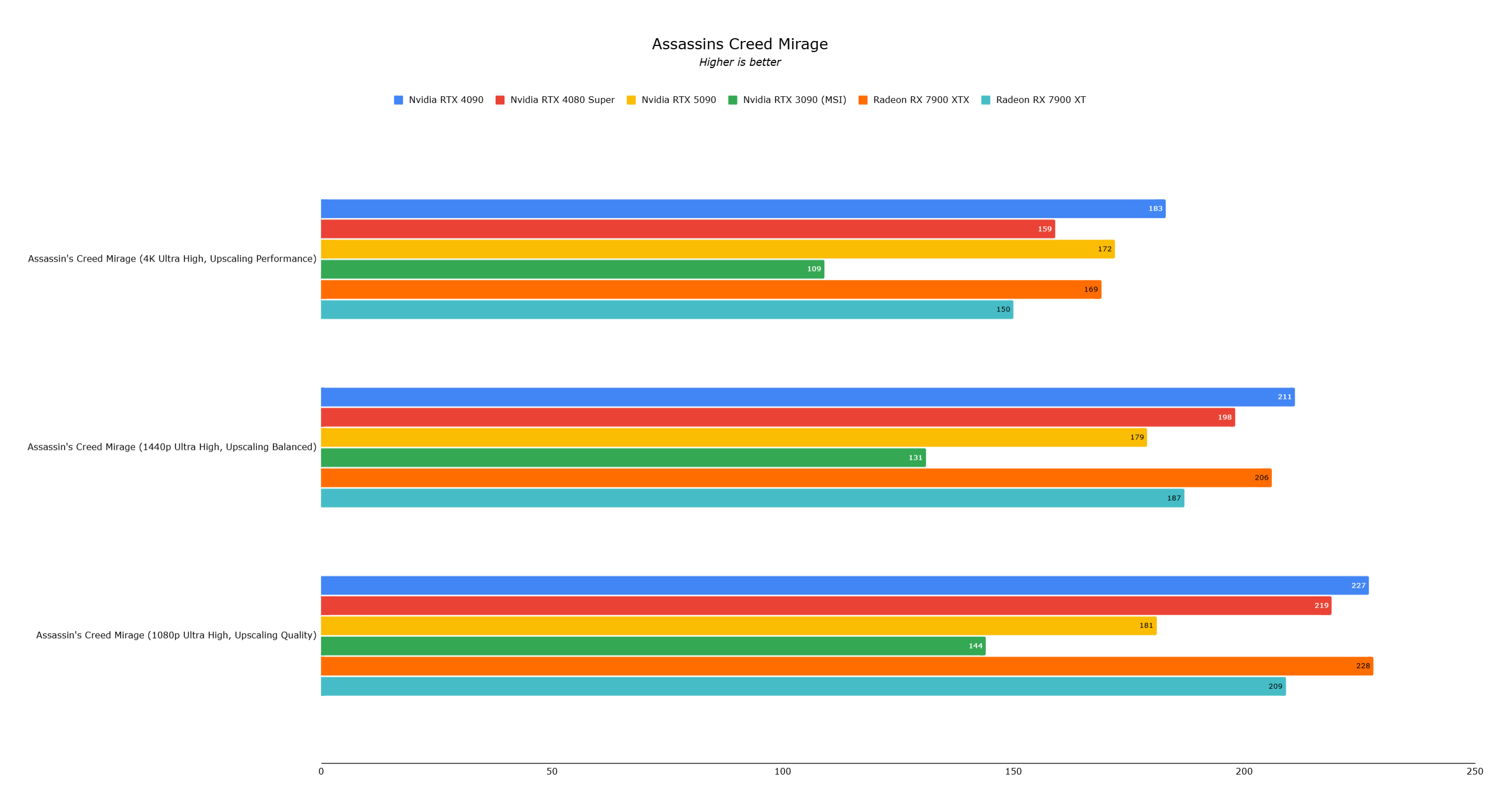 Despite the RTX 5090's impressive specs, its performance in many current games doesn't justify an immediate upgrade for RTX 4090 owners. Instead, the RTX 5090 positions itself as a future-proof investment, particularly for AI-powered gaming.
Despite the RTX 5090's impressive specs, its performance in many current games doesn't justify an immediate upgrade for RTX 4090 owners. Instead, the RTX 5090 positions itself as a future-proof investment, particularly for AI-powered gaming.
The Nvidia GeForce RTX 5090 is the fastest consumer graphics card available, but its real value lies in its potential for future games that can leverage its advanced AI capabilities. For gamers willing to invest in cutting-edge technology and AI-driven performance, the RTX 5090 is a compelling choice. For others, the RTX 4090 remains a powerful option for the foreseeable future.










